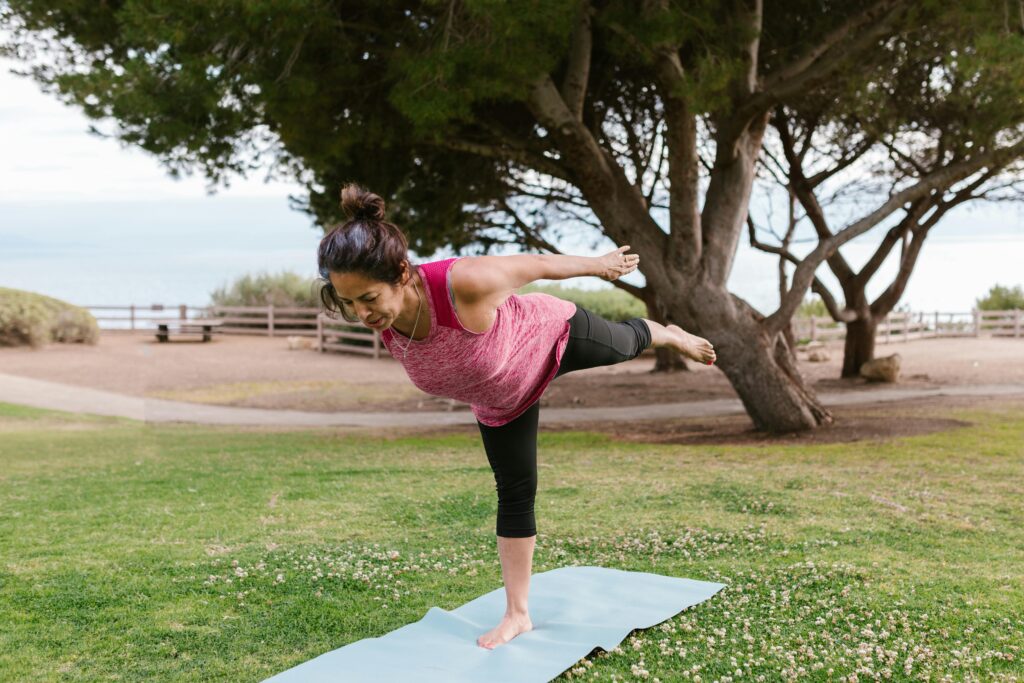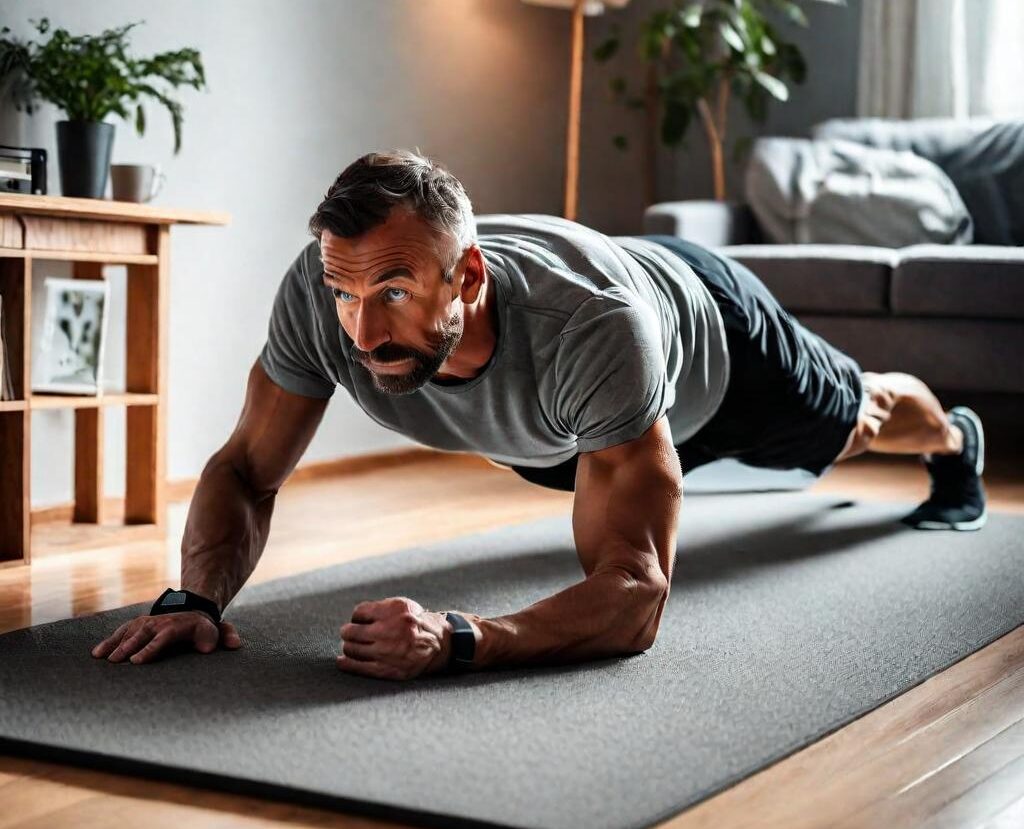Fitness is more than just looking good; it’s about feeling good and living a healthy, active lifestyle. Whether you’re a gym enthusiast or just getting started, knowing how fit you are can help you set realistic goals and track your progress. In this article, we’ll explore simple tests to assess your fitness level, covering various aspects like strength, endurance, flexibility, and balance. So, are you ready to find out how fit you really are?
Why Fitness Testing Matters
First and foremost, fitness testing provides a snapshot of your current physical condition. Not only is it a great way to measure your strengths, but it also helps identify areas for improvement. Additionally, regular testing can help you monitor your progress and stay motivated. Moreover, it can guide you in tailoring your exercise routine to meet your specific needs and goals.
1. Strength Test: Push-Up Challenge
Push-ups are a classic exercise that tests upper body strength. They’re simple but effective in evaluating your fitness level. Furthermore, they require no equipment, making them accessible for everyone.
How to Perform the Test:
- Start in a plank position with your hands shoulder-width apart.
- Lower your body until your chest almost touches the ground.
- Push back up to the starting position.
Scoring:
- Beginner: 0-5 push-ups
- Intermediate: 6-15 push-ups
- Advanced: 16-30 push-ups
- Elite: 31+ push-ups
Since push-ups work the chest, shoulders, triceps, and core, you should aim to improve your score by incorporating them into your regular workout routine.
2. Endurance Test: The 3-Minute Step Test
Cardiovascular endurance is crucial for overall fitness. The 3-Minute Step Test is a simple way to measure how well your heart and lungs work during physical activity. How fit are you? This test is not only effective but also quick and easy to perform at home.
How to Perform the Test:
- Find a step or bench about 12 inches high.
- Step up and down at a steady pace for 3 minutes.
- Immediately after the test, sit down and measure your heart rate (beats per minute).
Scoring:
- Excellent: 60-79 bpm
- Good: 80-99 bpm
- Average: 100-119 bpm
- Below Average: 120+ bpm
Since lower heart rates generally indicate better cardiovascular fitness, regular cardio exercises like running, cycling, or swimming can help improve your endurance.
3. Flexibility Test: The Sit and Reach
Flexibility is often overlooked, yet it is essential for overall fitness and injury prevention. The Sit and Reach test measures the flexibility of your lower back and hamstrings. Consequently, improving flexibility can enhance your range of motion and reduce the risk of injuries.
How to Perform the Test:
- Sit on the floor with your legs extended straight ahead.
- Place a ruler between your legs, with the 0 mark at your feet.
- Slowly reach forward as far as you can, holding the position for a moment.
Scoring:
- Poor: Less than 15 cm (6 inches)
- Average: 15-30 cm (6-12 inches)
- Good: 31-40 cm (12-16 inches)
- Excellent: More than 40 cm (16 inches)
To improve flexibility, you should incorporate stretching or yoga into your daily routine. Not only does it help with flexibility, but it also aids in relaxation and stress relief.
4. Balance Test: The One-Leg Stand

Balance is a key component of fitness that helps with coordination and overall stability. The One-Leg Stand test is a simple way to assess your balance. Furthermore, it’s a practical skill that benefits daily activities.
How to Perform the Test:
- Stand on one leg with your hands on your hips.
- Lift the other leg and hold the position for as long as possible.
Scoring:
- Poor: Less than 10 seconds
- Average: 10-20 seconds
- Good: 21-40 seconds
- Excellent: More than 40 seconds
Good balance can improve your performance in sports and everyday activities. Additionally, it can help prevent falls and injuries. Therefore, try balance exercises like standing on one leg while brushing your teeth or practicing yoga poses like Tree Pose.
5. Body Composition Test: BMI and Waist-to-Hip Ratio

Understanding your body composition helps you assess your overall health. While BMI (Body Mass Index) is a common measure, it doesn’t account for muscle mass. Therefore, the Waist-to-Hip Ratio can provide additional insight into your fitness. How fit are you? This ratio helps you gain a clearer picture of your body’s health and fitness levels.
How to Calculate BMI:
- Formula: Weight (kg) / Height (m)^2
- Categories:
- Underweight: < 18.5
- Normal weight: 18.5 – 24.9
- Overweight: 25 – 29.9
- Obese: ≥ 30
How to Calculate Waist-to-Hip Ratio:
- Measure your waist at its narrowest point.
- Measure your hips at their widest point.
- Divide the waist measurement by the hip measurement.
Scoring:
- Healthy: < 0.85 (women), < 0.90 (men)
- At Risk: ≥ 0.85 (women), ≥ 0.90 (men)
Maintaining a healthy body composition can reduce the risk of chronic diseases like heart disease and diabetes. To achieve and maintain a healthy weight, you should focus on a balanced diet and regular exercise.
How to Improve Your Fitness Levels
Improving your fitness is a journey, not a destination. Here are some tips to help you on your way:
- Set Realistic Goals: Start with achievable targets and gradually increase the difficulty.
- Mix It Up: Incorporate a variety of exercises to work on different fitness components.
- Stay Consistent: Regular exercise is key to making progress.
- Listen to Your Body: Rest and recovery are just as important as working out.
Conclusion
Assessing your fitness level is the first step toward a healthier lifestyle. By testing yourself in various areas, you can identify strengths and weaknesses and tailor your fitness routine accordingly. How fit are you? Remember, the journey to better fitness is a marathon, not a sprint. Therefore, stay motivated, set realistic goals, and enjoy the process of becoming a healthier, fitter you!
Leave a Comment: What fitness test did you find most challenging? Share your results and tips for improvement in the comments below!


